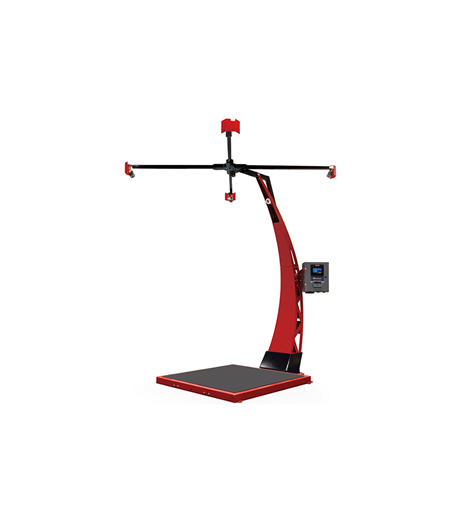Is the website displaying in the correct language? Please confirm or select a different language.
Your region has been set automatically. Please confirm or select a different region.
Effects and Significance of Dimensioning
Effects of Dimension-Based Weight on Shipping Prices
What is Dimensional Weight?
Dimensional weight, or dim weight, is how freight companies such as FedEx® or UPS® convert package volume into a billable rate. Dim weight is based on the volume (L x W x H) of the package divided by a divisor that is set by the freight company. The dim weight is then compared to the actual weight and the freight company determines charges based on the larger of the two.
Why is Dimensional Weight Important?
Dim weight is important because the volume of a package is more important to carriers than weight due to the amount of space a package consumes in the truck. Light boxes that are large will cost more to ship using dim weight versus small boxes that are heavy because they take up more space in the truck.
Significance of Dimensional Weight Divisors
When shipping carriers adjust their dim weight divisors, it has a significant effect on pricing. FedEx and UPS lowered their dim weight divisors in January 2017 from 166 to 139, increasing the billable dim weight. For example, a box measuring 12 inches on each side has a volume of 1,728 inches cubed. Dividing that volume by 166 gives you a dim weight of 10.22, but when the divisor is 139 the dim weight is 12.43, which is an 18% increase.
Customer Best Practices to Reduce Shipping Costs
Always ship products in the smallest box possible that still protects the contents from damage during transport. Know your shipping company’s threshold for oversized packages because these often carry the highest fees. You should review shipping invoices for dim weight fees and chargebacks.
Packaging Methods
Shippers are becoming increasingly cautious about their packaging methods. With a focus on reducing overall dim weight, you can switch from boxes to poly bags, to reduce the amount of packing material when a box is used. Smaller shipping boxes save on freight costs and packing material.
Multi-Carrier Shipping Software
UPS and FedEx use the dimension divisor as a negotiating tactic to compete in the marketplace for high-volume shipping customers. FedEx uses 139 as a divisor for all package dimensions, while UPS uses 139 for all packages over one cubic foot and 166 for those less than that. A customer with multi-carrier shipping software can compare different rate options by providing ship-to information, actual package weight and dimensions.
Rice Lake Weighing Systems' Dimensioning Solutions
Rice Lake offers both parcel and pallet dimensioning products for a large array of shipping needs. Both models act as a network device and use a simple API for integration with existing software via ethernet or RS-232 converter to connect to your PC.
iDimension® Plus
Rice Lake’s iDimension Plus is the fastest static solution for calculating dimensions of boxes, flats, polybags, tubes and irregular-shaped packages. The iDimension Plus eliminates revenue loss by providing accurate dimension required by parcel and postal carriers.
iDimension PWD
The iDimension PWD dimensioner and scale system provides shippers with the dimensions and weight of palletized shipments, empowering users to identify the correct freight class and reduce the risk of non-compliance fees from carriers.
iDimension LTL Series
iDimension LTL uses advanced sensing technology to accurately capture cubic dimensions of freight in less than 2 seconds. Automating dimensioning operations with the iDimension LTL eliminates the risk of human error while increasing accuracy and efficiency.



 My Account
My Account
